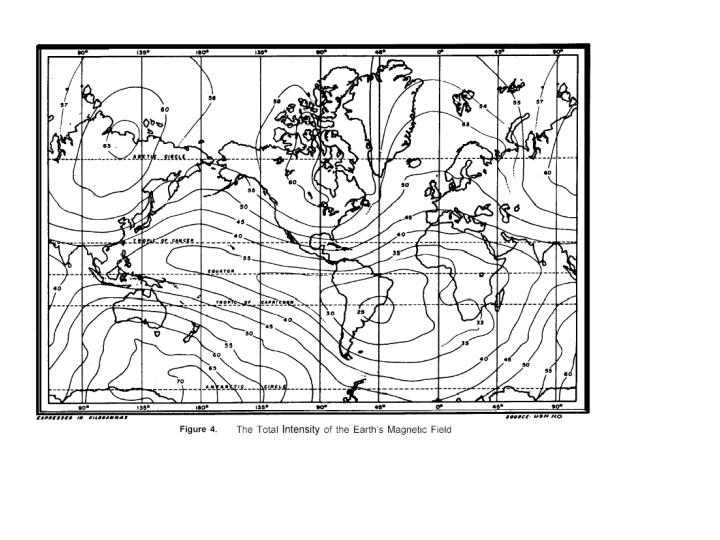Well, the things that u provided will be of good help but still there are some queries to be made.
1. How much efficient is the preamplifier stage of the circuit shown by Phils
2. Will the same circuit work if we will be able to tune it to the desired frequency...
3. About the sensors how much the properties of both the sensors can differ in terms of number of turns till we get the Green Light
4. Well finally i am able to get the bottles of the same dia i.e. 1 3/8 inches but i dont know about what would be the shape of the signal that i will get... Kindly provide some reference. with respect to pakistan.
5. Now about the tunning of the sensors if we connect the sensors in a differential configuration and apply some frequency to the nearly placed Solenoid coil What applitude do i get to feed it in the soundcard or what is the Signal levels and frequency ranges of the soundcard to be fed.
6. and Any particular specification of the solenoid coil to which we apply some frequency.
7. We have the sensor setup as shown by phils you suggest any cable to be extended from the sensor to the amplifier ...
8. if the sound card can pick up the signal then can we directly feed the differential signal of the magneto meter with the sound card in order to develop a software base approach ..
if not then please provide suitable amplifier to amplify the signal to be interfaced with the soundcard
9. What if we want to check it using Analog Oscilloscope guide me with the procedure ...
10. The sound card is not available to us cause of restriction in my institution. but pass me the software to find the FFT/ Spectrum of the signal by sound card so i try to arrange the sound card ...
1. How much efficient is the preamplifier stage of the circuit shown by Phils
2. Will the same circuit work if we will be able to tune it to the desired frequency...
3. About the sensors how much the properties of both the sensors can differ in terms of number of turns till we get the Green Light
4. Well finally i am able to get the bottles of the same dia i.e. 1 3/8 inches but i dont know about what would be the shape of the signal that i will get... Kindly provide some reference. with respect to pakistan.
5. Now about the tunning of the sensors if we connect the sensors in a differential configuration and apply some frequency to the nearly placed Solenoid coil What applitude do i get to feed it in the soundcard or what is the Signal levels and frequency ranges of the soundcard to be fed.
6. and Any particular specification of the solenoid coil to which we apply some frequency.
7. We have the sensor setup as shown by phils you suggest any cable to be extended from the sensor to the amplifier ...
8. if the sound card can pick up the signal then can we directly feed the differential signal of the magneto meter with the sound card in order to develop a software base approach ..
if not then please provide suitable amplifier to amplify the signal to be interfaced with the soundcard
9. What if we want to check it using Analog Oscilloscope guide me with the procedure ...
10. The sound card is not available to us cause of restriction in my institution. but pass me the software to find the FFT/ Spectrum of the signal by sound card so i try to arrange the sound card ...


Comment